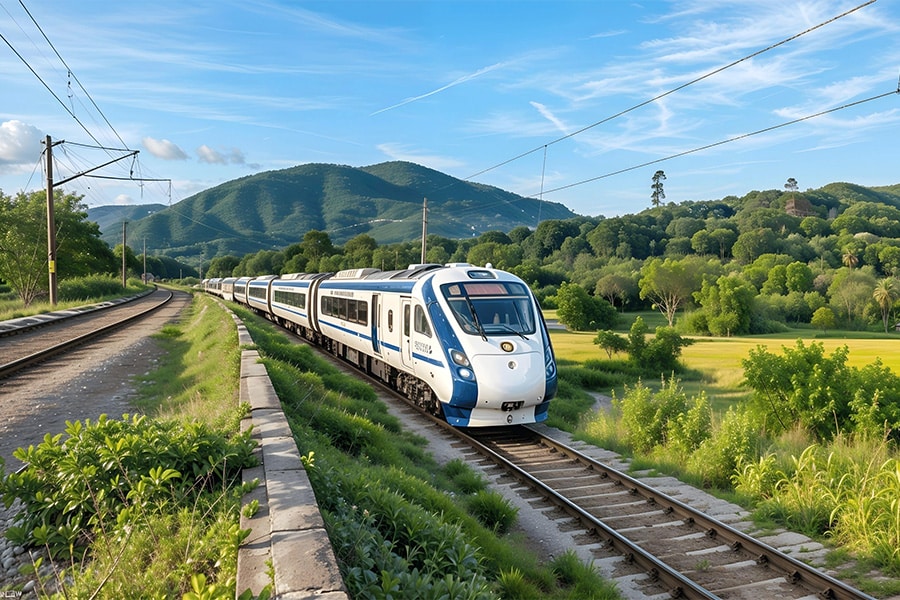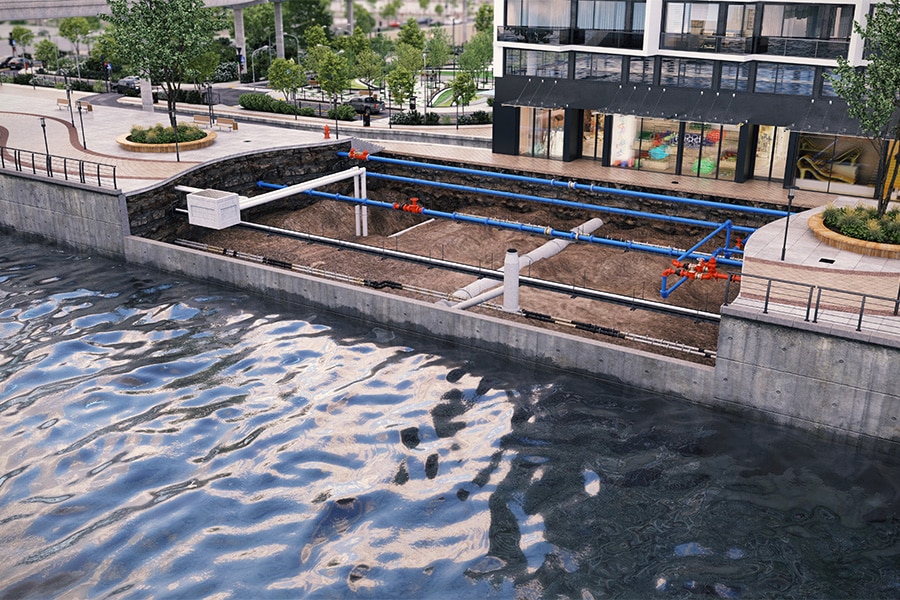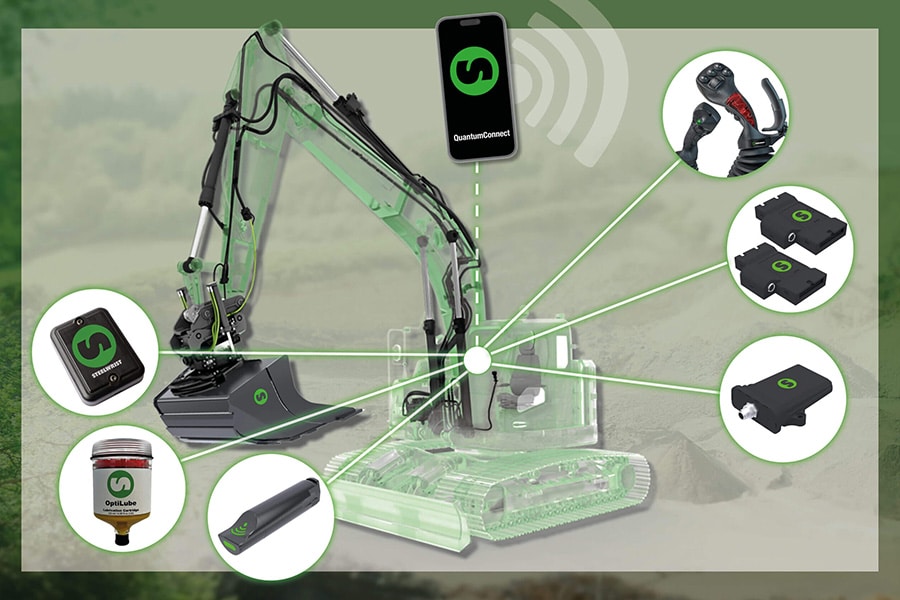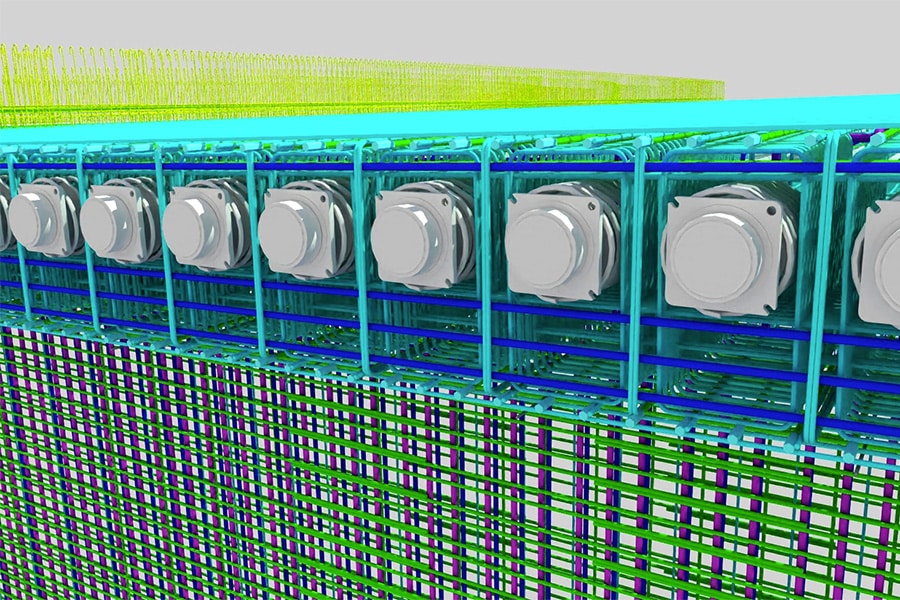
New controls and automation for 16 bridges and locks in Flevoland
Standardization makes manageable and scalable
Flevoland Province has about 16 nautical objects that need to be retrofitted with new automation. These objects include bridges, locks and combinations thereof. Everything must be operated from one control center, which is located in the provincial government building in Lelystad. The major challenge here is that the technology present differs per object. Yet everything must be operated uniformly. In other words, the automation will have to be standardized. Croonwolter&dros has the knowledge and experience with which they have helped Flevoland Province find a solution. Together with Hollandia Services in the VOF Triple-B, they won the tender. We speak with Paul Schaap, project manager, and Matthijs Janse, lead engineer, both working for Croonwolter&dros.
Generic design
"From the joint expertise of Croonwolter&dros and Hollandia Services, a proposal was made, with a generic design for all nautical objects," Schaap opens the conversation. "This generic design extends into the object, at a later stage software is created for each object that is specific and different for the lock or bridge in question. Software that on the one hand incorporates all the functionality to operate and monitor the object, but that on the other hand connects seamlessly to the 'generic digital building blocks' we have developed. In other words, the operator will soon have a uniform operating dashboard and will not notice any technical differences between the nautical objects." Croonwolter&dros has built up so much expertise through its experience and innovative working methods that it can take the customer with it in all processes. "That creates peace of mind. The client sees that we are working on fulfilling his demand and we are given the freedom to come up with solutions. Together we then look for the best solution. You can only work together like this if there is trust. We get that trust from Flevoland Province," says Schaap.

A conglomeration of small projects
What makes the assignment special is that the project consists of 17 subprojects (3 locks, 5 bridges, 8 bridge-lock combinations and a control center). "Actually 19, because we have now acquired 2 more," says Schaap. "When you have to tackle 17 objects, the particularity of the project lies mainly in making a very tight schedule and good agreements. To avoid proliferation, everyone works in our system. This flawlessly shows who has to do what, when and when it has to be finished. Reports are also filed in that system. That way we keep control of the whole thing."
Robust and future-proof
Janse says of the method: "The fact that we standardize and make the system scalable ensures that everything becomes robust and future-proof. If a new object needs to be added later, we can work with the generic software building blocks we have developed. The operation and control will therefore always be generic in design. However, for newly built objects, we can give our advice on the connection to the physical components in the field in order to have as little work as possible with the connection in the digital chain. This standardization contributes to easier and more predictable (and therefore cheaper) maintenance in the years to come."

Working in layers
"You can think of the uniform system as a block box," continued Janse. "It is divided into building layers. The top two layers represent 'board' and 'management' and are the same everywhere. The deeper you go into the system, the more specific the software will be. By maximizing standardization, we are working toward a situation where only the bottom layers are individually tailored to the object in question. In total, there are four layers in which decisions are made. The bottom layer, the fifth, controls the hardware. With this fifth layer we can virtualize, that is, we can "dry simulate" the object and run tests. If we modify something in one layer, all the other blocks are automatically tested, to make sure there are no surprises."
The software is set up so that within standardization there is enough flexibility to accommodate differences "in the field," without major impact. "This reduces the chances of failure, and by reusing software blocks, the work is done efficiently. Within the standardized software, Croonwolter&dros is flexible because the design takes into account the physical differences per nautical object. In addition, costs are saved because the physical components of the existing objects can be reused," Janse outlines. "The workstations we create for the control center are made 'plug and play,' ready-to-use with power supply and data connection. This 'plug and play' method allows us to deliver neatly in phases."
In conclusion, Janse says, "We have an IFAT environment in which the various controls are run and simulated. In this environment, the installations are integrally tested and the operators receive their training."
Heeft u vragen over dit artikel, project of product?
Neem dan rechtstreeks contact op met Croonwolter&dros.
 Contact opnemen
Contact opnemen




